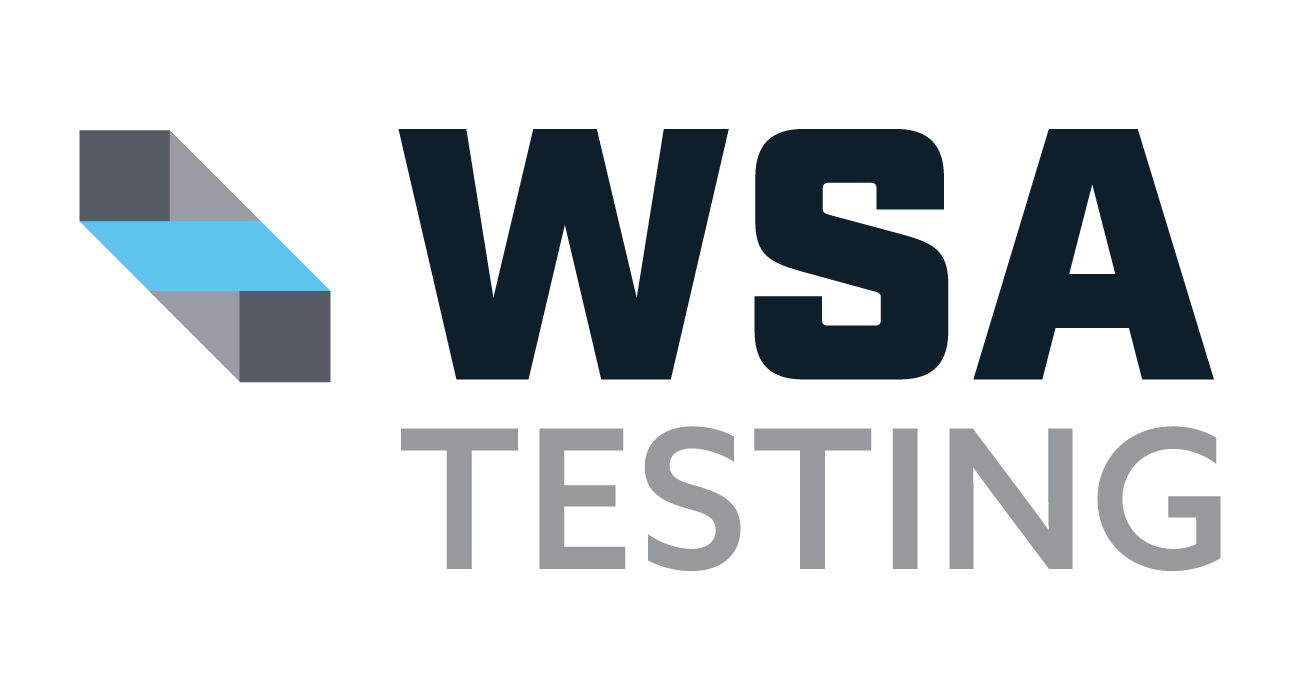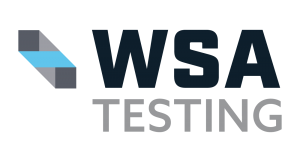WSA Testing is Queensland’s leading provider of hydrostatic testing services, specialising in ensuring the integrity and safety of water mains, pipelines, and other pressure vessels.
With their expertise, state-of-the-art equipment, and commitment to excellence, WSA Testing offers a reliable and comprehensive solution for conducting hydrostatic tests.
This introduction will explore the significance of hydrostatic testing and highlight why WSA Testing should be the preferred choice for this critical service.
Hydrostatic testing is a crucial step in the construction and maintenance of water distribution systems.
It involves subjecting the infrastructure to increased water pressure to evaluate its ability to withstand operating conditions, identify potential leaks, and ensure structural integrity.
The accurate and precise execution of this testing process is paramount to ensure the safety and reliability of these systems.
Hydrostatic testing to AS2566.2-2002 Clause 6.3, WSA 01-2004, WSA 03-2011, SEQ D&C Code or AS3500 for those Plumbing Code townhouse or high-rise projects
Need Hydrostatic testing?
WSA Testing can provide a wide range of hydrostatic testing services across South-East Queensland.
Why choose WSA Testing for hydrostatic testing?
There are several compelling reasons. Firstly, WSA Testing has a proven track record in the industry, with years of experience and a strong reputation for delivering high-quality services. Their team of skilled professionals possesses in-depth knowledge and expertise in hydrostatic testing techniques, ensuring accurate and reliable results.
Additionally, WSA Testing employs state-of-the-art equipment and cutting-edge technology to perform hydrostatic tests. Their advanced pressure monitoring systems, calibrated gauges, and data acquisition tools enable precise control and monitoring of the test parameters. This level of accuracy allows for the detection of even the smallest leaks or weaknesses in the infrastructure, ensuring thorough and dependable results.


WSA Testing also prioritizes safety throughout the testing process. They adhere to stringent safety protocols and industry standards to mitigate risks and ensure a secure testing environment. Their team is well-trained in handling various scenarios and is equipped to respond promptly to any unexpected events or emergencies that may arise during the testing process.
Furthermore, WSA Testing understands the importance of timely and efficient service delivery. They work closely with their clients to develop customized testing plans that suit specific project requirements. With their flexible scheduling and prompt response times, WSA Testing minimizes downtime and ensures smooth operations during the testing phase.
Finally, WSA Testing is committed to providing exceptional customer service. They value open communication and collaboration, maintaining a strong partnership with their clients throughout the entire testing process. Their team is readily available to address any inquiries, provide detailed reports, and offer expert recommendations based on the test results.
In conclusion, hydrostatic testing is a critical step in ensuring the safety and integrity of water distribution systems, and WSA Testing stands out as a trusted provider of this essential service. Their experience, advanced equipment, commitment to safety, efficiency, and exceptional customer service make them the preferred choice for hydrostatic testing. When it comes to the reliability and performance of your water mains and pipelines, WSA Testing is the partner you can rely on to deliver accurate, comprehensive, and top-quality hydrostatic testing services.
What is Hydrostatic Testing?
Hydrostatic testing is a widely used method in the field of engineering and construction to ensure the integrity and safety of water mains, pipelines, tanks, and other pressure vessels. It involves subjecting these structures to a controlled increase in water pressure to evaluate their ability to withstand the designed operating conditions and identify any potential leaks or weaknesses.
How Hydrostatic Testing is performed
The process begins by filling the water main or pipeline with potable water from the lowest point. This ensures that the entire system is completely filled with water, leaving no trapped air pockets that could affect the accuracy of the test or compromise the results. At the same time, air is purged from the pipeline from the highest point to ensure a thorough and reliable testing process.
Once the system is filled with water and all air is expelled, the pressure is gradually increased to a predetermined level, which is often significantly higher than the expected operating pressure. This elevated pressure allows for a thorough examination of the structural integrity of the water main or pipeline and helps identify any weak points, such as leaks, defects, or potential failures.
During the testing phase, pressure gauges are strategically placed along the pipeline to monitor and record pressure readings. These measurements provide valuable data to assess the system’s performance, identify any pressure drops or irregularities, and pinpoint the location of any potential leaks or weaknesses. The test pressure is typically maintained for a specified duration to ensure that the system remains stable and withstands the applied stress without compromising its structural integrity.
Advantages of Hydrostatic Testing
Hydrostatic testing offers several advantages in terms of reliability, simplicity, and cost-effectiveness. By utilizing water as the testing medium, it provides a non-destructive means of evaluating the performance of the water mains or pipelines. Additionally, this method allows for a comprehensive assessment of the system’s integrity, detecting even the smallest leaks or defects that could otherwise lead to significant problems in the future. Moreover, hydrostatic testing is relatively straightforward to conduct, making it a preferred choice for various industries.
In conclusion, hydrostatic testing plays a vital role in ensuring the safety and reliability of water mains, pipelines, and other pressure vessels. By subjecting these structures to increased water pressure, this testing method helps identify potential weaknesses and ensures that the systems can operate within the designed parameters. With its simplicity and effectiveness, hydrostatic testing is an indispensable tool for engineers and construction professionals to guarantee the integrity and longevity of water distribution systems.
learn more about Hydrostatic Testing
The following videos provide a good example of what Hydrostatic Testing is and how it performed. WSA Testing is not affiliate with any of the companies featured in these videos.

